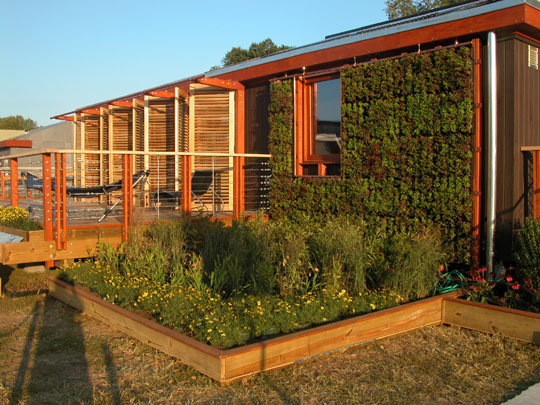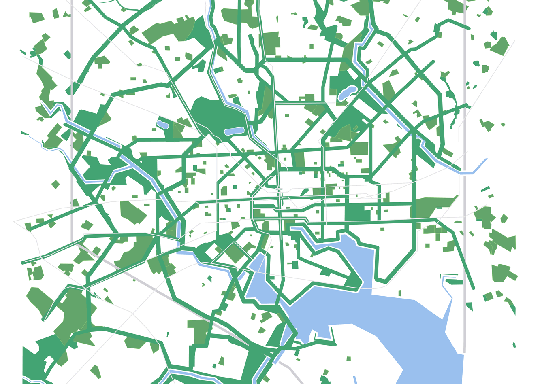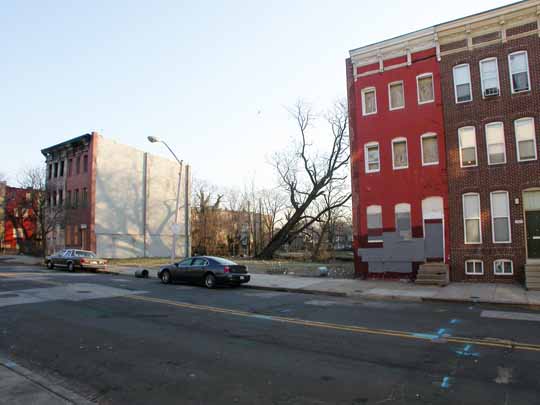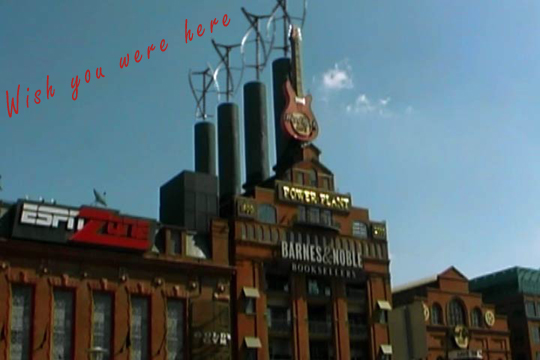
According to one source, the late 1960’s was the first time glass manufacturers established collection centers where people could return empty bottles, jars, and other types of glass containers. These were recycled by breaking up the glass and then melting it down with silica sand, limestone, and soda ash to make new containers. Recycling glass is 100% sustainable because it will not deteriorate with age or "down cycle", like with paper and plastic recycling. The Glass Packaging Institute , an excellent source for this topic states that, "recycling one glass bottle can save enough energy to power a 60-watt light bulb for four hours or a computer for 30 minutes."
WhollyTerra , located in Baltimore uses recycled glass to create visually engaging works with a play on light. Steve, the owner of WhollyTerra, isn’t limited to a window transom or picture frames but makes bowls, candle-holders and other outdoor ornaments, including bird houses. I recently found a happy customer and Baltimore resident here.
A sampling of sources for reclaimed, repurposed, and recycled glass items:
Maryland Mosaic is a full service supply company offering everything for mosaic tile work to the beginner and the experienced artist. They offer the Organiks line, which is a 100% recycled glass mosaic tile. This is great news for the East Coast! Until recently, the only source for this was out of California.
The Green Glass Company is based in Weston, Wisconsin. They are the largest producer of reclaimed glassware in the world. Known best for their patented winebottle-to-glass, they also make vases, candle holders, and a clever coatrack. Their products are available in a number of Baltimore-area stores; check their store locator for up-to-date information.
You can even build a Buddhist Temple with glass bottles. The Wat Pa Maha Chedi Kaew temple, about 600 km (370 miles) northeast of Bangkok, is better known as "Wat Lan Kuad" or "Temple of Million Bottles."
Find other Bmore crafts at the Baltimore By Hand blog.
Comment and tell us your recycled glass ideas!
Technorati Profile


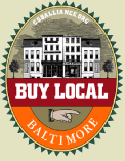


 View the dynamic, moving GOforChange: Greening Baltimore video
View the dynamic, moving GOforChange: Greening Baltimore video
